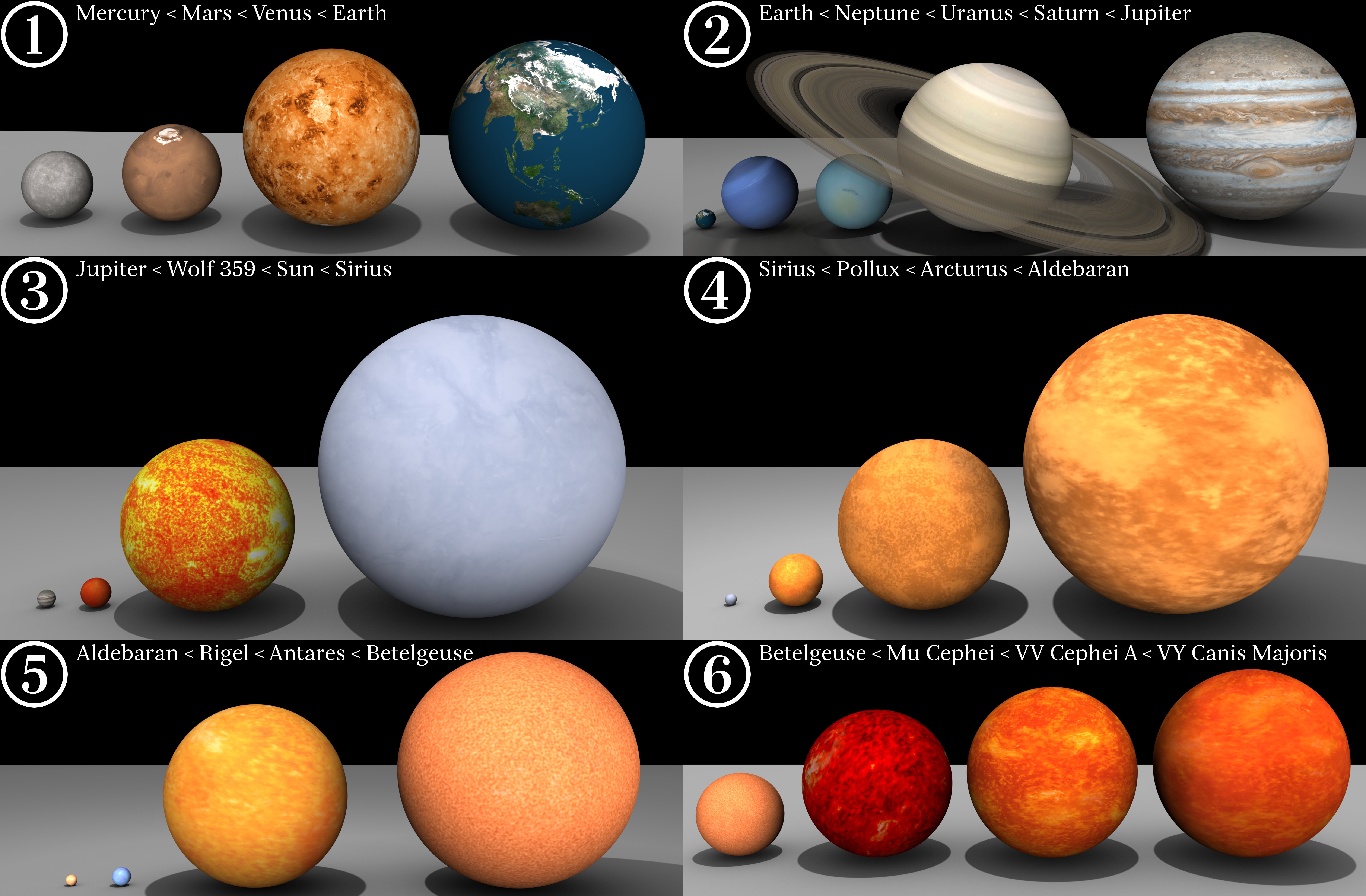· String Theory Ping List ·

· Join · Bookmark · Topics · Google ·
· View or Post in 'blog · post a topic · subscribe ·
Posted on 08/14/2020 10:18:51 AM PDT by BenLurkin
In the fall of 2019, Betelgeuse began dimming significantly, losing about two-thirds of its brightness by February. This dramatic dip spurred speculation that the star's demise may have been imminent — perhaps just weeks away.
But the dramatic sky show didn't happen: Betelgeuse powered through the dimming episode and returned to its normal brightness by May of this year. The recovery sparked a new round of speculation, this time about the dimming's cause. Some scientists attributed the doldrums to a light-blocking dust cloud, for example, whereas others said big starspots on Betelgeuse's surface were likely to blame.
A new study bolsters the dust hypothesis, but adds a twist — Betelgeuse itself apparently coughed up the cloud.
The researchers studied the star in 2019 and 2020 using NASA's iconic Hubble Space Telescope. Hubble's observations from September through November 2019 revealed huge amounts of material moving from Betelgeuse's surface to its outer atmosphere at tremendous speeds — about 200,000 mph (320,000 km/h).
During this three-month-long outburst, Betelgeuse lost about twice as much material to space from its southern hemisphere as it normally does, study team members said.
This superhot plasma, or electrically charged gas, cooled considerably after traveling millions of miles from Betelgeuse, condensing into dust grains and forming a light-blocking cloud...
"This material was two to four times more luminous than the star's normal brightness," lead author Andrea Dupree, associate director of the Center for Astrophysics run by Harvard University and the Smithsonian Institution in Cambridge, Massachusetts, said in a statement.
"And then, about a month later, the south part of Betelgeuse dimmed conspicuously as the star grew fainter," Dupree said. "We think it is possible that a dark cloud resulted from the outflow that Hubble detected."
(Excerpt) Read more at space.com ...

Thanks BenLurkin. Fun comments is right. :^)
|
Flood, Fire, and Famine
in the History of Civilization
by Richard Firestone,
Allen West, and
Simon Warwick-Smith
And when it does blow for a year it’ll be at least as bright as the moon. The resultant nebula will fill the sky and we’ll eventually be in that nebula. Though that will take thousands of years. I love this stuff.
With eyes on the side of the head too?
This could explain the dark cloud over Seattle and Portland...
I believe Betelgeuse is the largest star in the universe.
Swarm of Locusts?
The wide displacement of this woman’s eyes suggests to me she’s a Fetal Alcohol Syndrome adult.
Well, it is the largest star in the universe in our part of the Universe! Everything else is irrelevant!......................
Nah, it was a Bigmouth Bass, not a Flounder!...............
“> They’re guessing, of course... <
They might have to guess, but not me. This is definitely a result of Global Warming. So we must increase our efforts to control every aspect of everyone’s life.”
YEP. Gonna have to raise taxes too. /Dem
LOL
Or it’s a low grade “micronova” which the sun may be due for. Not enough to wipe out life on earth (if the sun) but enough to alter civilization.
“The largest known star in the universe is UY Scuti, a hypergiant with a radius around 1,700 times larger than the sun. And it’s not alone in dwarfing Earth’s dominant star”
Source: https://the-biggest.net/animals/what-is-the-largest-known-star.html
It shows as a disk in a regular scope too, just a very very small one. It also doesn’t twinkle much for the same reasons.
Aldebaran also shows as a disc too, but, it is close enough that when it is occluded by the Moon, it doesn’t just disappear like most stars, it fades as the disc is covered.
BIG stars!
We know so little about the inner workings of stars (we have good guesses, but, that’s it) that we really need to start planning on seeding the galaxy pretty quick.
For example. Delta Scorpius was a perfectly normal star up until 2000, then it brightened considerably almost overnight and has stayed much brighter than it used to be. If the Sun did something like that, life may go on, but, not for very long, here on Earth.
Space is a dangerous place.
Not really. Check out Deneb in Cygnus.
It’s 2600 light years away!......

Disclaimer: Opinions posted on Free Republic are those of the individual posters and do not necessarily represent the opinion of Free Republic or its management. All materials posted herein are protected by copyright law and the exemption for fair use of copyrighted works.